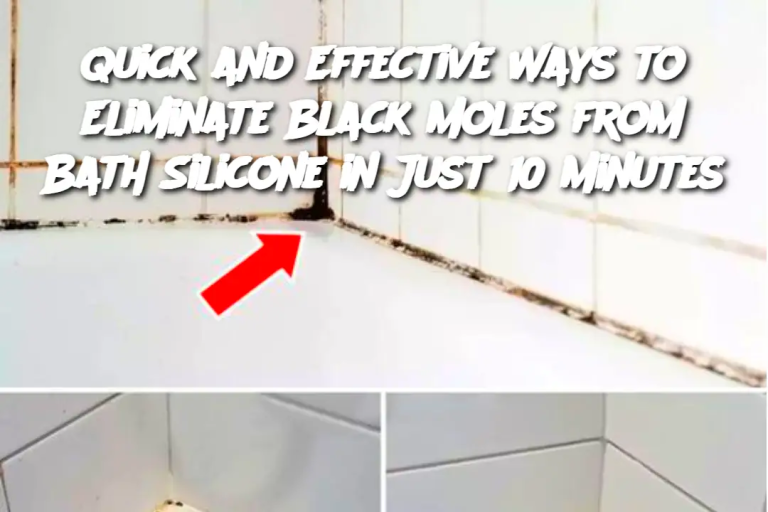Essential oils: If you'd like to add a pleasant fragrance to your cleaning solution, you can add a few drops of essential oils like tea tree or lavender oil. These oils have natural antibacterial and antifungal properties, helping to prevent future mold growth.
Lemon juice: If you don't have vinegar, you can substitute with lemon juice for a fresh and natural alternative. It also has natural antibacterial properties.
Frequently Asked Questions:
Can I use bleach to clean black mold on silicone? Yes, bleach can be used to clean mold, but it may damage the silicone over time and release harmful fumes. It's safer to use natural cleaners like baking soda and vinegar, which are equally effective but gentler on the material.
How often should I clean my bath silicone to prevent mold growth? Regular cleaning once a month, along with proper ventilation in your bathroom, can help reduce mold buildup on silicone. If you're in a particularly humid environment, clean more frequently.
Why does mold grow on silicone in the first place? Mold thrives in warm, moist environments. The combination of heat from the shower and the humidity in the bathroom creates an ideal environment for mold to grow on silicone. Regular cleaning and ensuring good airflow in your bathroom can help prevent this.
Will this method work for other surfaces, like tile grout or shower curtains? Yes, this method can work on other bathroom surfaces like tile grout, shower curtains, and even bathroom walls, as long as they're affected by mold or mildew. However, some surfaces may require different techniques, especially if they’re porous or delicate.
